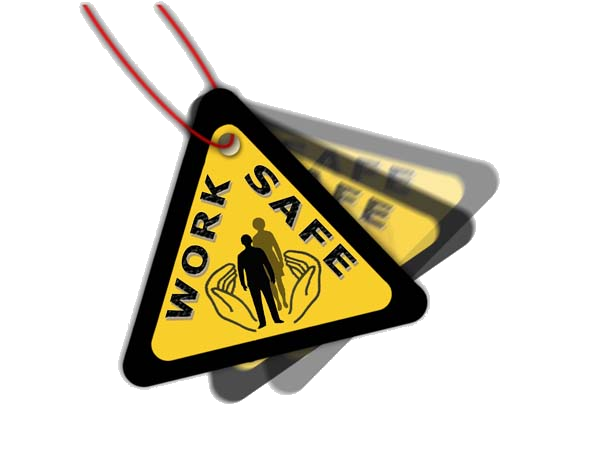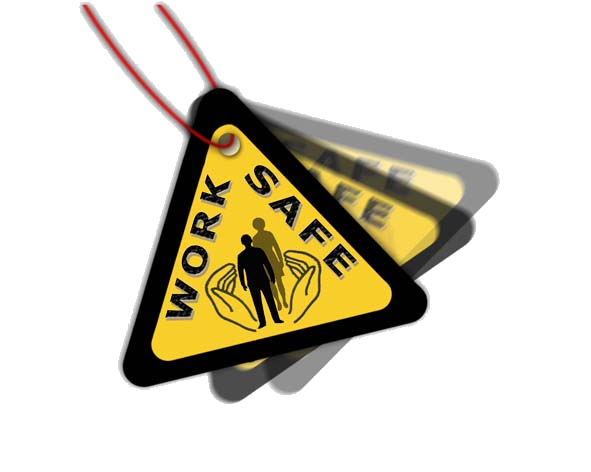Title Page
-
Site conducted
-
Conducted on
-
Prepared by
-
Location
General - HACCP
-
Are all employees in the canteen properly trained on HACCP principles?
-
How would you rate the overall cleanliness and organization of the canteen storage areas?
-
Please describe the procedure in place for receiving and inspecting food deliveries in the canteen.
-
How many HACCP violations were reported in the last quarter, if any?
-
Are all food items properly labeled with expiration dates in the canteen?
-
When was the last time a comprehensive HACCP audit conducted in the canteen?
-
Please upload a photo of the canteen's current HACCP certification displayed.
Health and personal hygiene requirements for kitchen staff
-
Kitchen employees have received annual physical examination, and have obtained a certificate indicating that health check results meet the regulatory requirements.
-
Kitchen employees shall wear uniforms according to health requirements (including work clothes / work caps), and cannot keep long fingernails.
-
Kitchen workers, who directly contact food, as well as workers in special handling rooms such as rooms for cold dishes, if any, must be hand-disinfected before handling food and wear masks and disposable gloves.
-
Kitchen staff are equipped with the necessary personal protective equipment.
Procurement & storage of food ingredients
-
A designated personnel must be specified to inspect the purchased food before receipt; food purchase receipt must be signed by both the procurement staff and inspection staff (not the same person).
-
Food ingredients are sorted and stored based on classification requirements. Storage areas are clean and tidy, stored ingredients are well-packaged and clearly labeled; there are no expired ingredients in the storage areas.
-
Refrigerators / freezers for foodstuffs are operating normally, with proper refrigerated / frozen temperatures; ingredients stored in the refrigerators / freezer are classified and packed in containers or food-grade bags.
-
Food cooking water meets local drinking water quality standards; testing reports for the catering / cooking water (municipal water supply, water from purification system or bottled water) are available and kept. If the quality of municipal water supply does not meet the drinking water standards, it shall not be used directly as cooking water.
Food Processing and Distribution Requirements
-
The cutting tools, cutting boards, and utensils, which directly contact with foodstuffs, must be cleaned and disinfected before use and should be sorted and placed neatly (use different cutting boards and knives for fish, meat, and vegetables, knives and cutting boards for raw and cooked food shall be separated.
-
Finished products, semi-finished products, raw materials should be stored separately, placing raw and cooked food together is strictly prohibited.
-
The core temperature of the cooked food has been defined and regularly tested.
-
The maximum storage time and conditions for newly cooked food and leftovers have defined, which are stored under such conditions for future use.
-
The package of the retention food samples is intact and clearly labeled.
-
If the dining hall and the kitchen are not in the same location (that is, the cooked food has to be transported to other places), the food must be sealed in thermo-containers during transportation process (food containers must be secured to avoid colliding on each other), transport vehicles are clean and free of odors, and are regularly cleaned and disinfected (Routine inspection records are available for verification).
Management of Environmental Hygiene and Chemicals
-
Except for the part that can be used for the next meal, the rest of leftovers are disposed and handled according to the regulations of the local food waste (for example, wastes are received and handled by the qualified waste disposal third parties, if required).
-
There is a designated area for waste storage, containers for waste remain sealed, no pungent smells are released from the storage area, no pests / insects are found.
-
Canteen environment is clean and tidy, the operating surfaces have no greasy stains; the walls, ceilings, doors, and windows of the kitchen do not have coating flakes or damaged coating; pest control has been conducted regularly. no mice, flies, and cockroaches are found in the kitchen.
-
Chemicals used in kitchen/canteen such as disinfectants / powders, detergents, insecticides, and rodenticides, must not be stored together with foodstuffs and are stored in a designated area, and the usage of chemicals has been recorded; chemicals mentioned here include etc.
-
The kitchen room should be partitioned functionally, at least including: tableware cleaning room / area, pre-treatment room / area, cooking room / area, garbage disposal room / area, warehouse (a separate space required), and gas room (if gas cylinders are used, a separate room is required), and a room for cold dishes, if cold dishes are supplied in the kitchen.
-
Provide sanitary facilities supplies in kitchen, including: hand washing facilities (including hand sanitizer, soap), capped trash cans, fly-killer lamps, positioning racks for cleaning tools, and first aid kits.
-
Electrical wires in the kitchen and dining hall are installed in conduits or inside the wall and do not go through the high-temperature areas such as the gas stove area, and wires/cables are properly arranged and connected in line with the local regulations/rules or specific requirements.
-
Provide waterproof covers for outlets or sockets in damp areas
-
Fire extinguishers are in the period of validity with good appearances and can be easily accessible when needed.
-
Fire blankets are available and are stored in a visible and accessible place
-
Kitchen exhaust hood has been regularly cleaned and kept records
-
The length of the hose connected to the gas stove meets the requirements of no longer than 2 meters, no obvious aging signs, and no damages.
-
The kitchen is equipped with heat detectors, fire extinguishing devices for stoves, gas leak detectors, and automatic shut-off valves.
-
Gas cylinder storage area has been equipped with gas leak detectors, mechanical ventilation facilities (exhaust fans), and portable dry powder fire extinguishers. For Level 1 countries, the electrical equipment and wiring, mechanical ventilation facilities meet explosion-proof requirements, its of Level emergency shut-off valves are installed and interlocked with leak detectors. For countries of Level 2, manual shut-off valves for gas pipes have been installed for such areas.
-
Appearances of gas cylinders look good; they are placed in an upright position; empty cylinders and full cylinders are stored separately.














